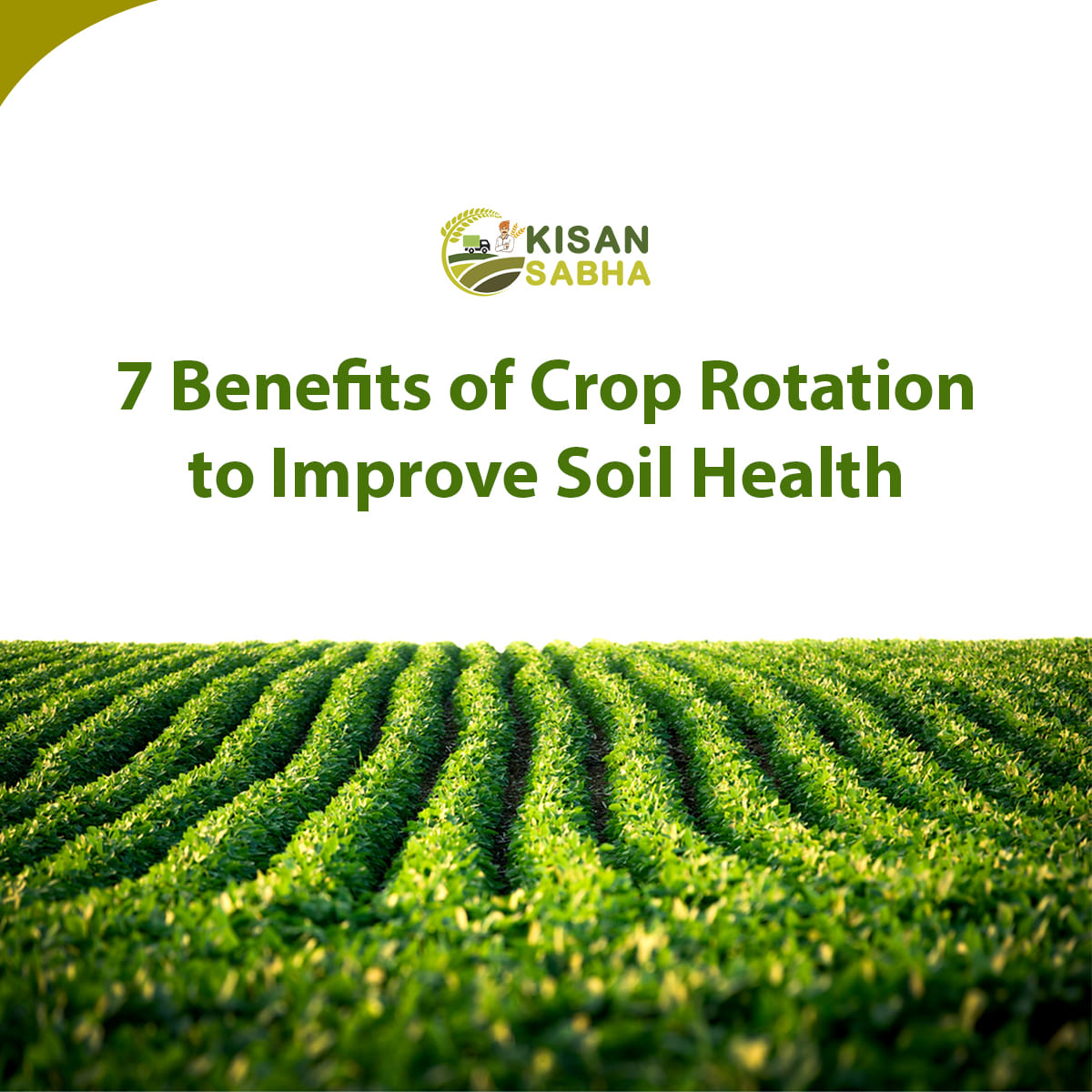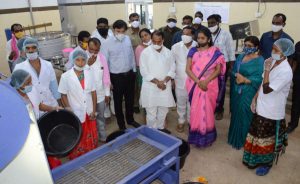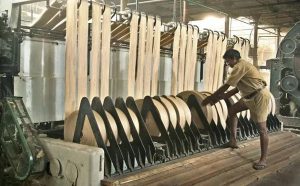Crop rotation is similar to the farmer’s version of Sudoku in that it requires planning, expert placement, and zero guessing to produce healthy crops in the most cost-effective and ecologically responsible manner. However, crop rotation charts show a planting system that alternates crops every season in a revolving door-like pattern over three to ten years. Regularly altering their habitat helps reduce pests, weeds, and hazardous diseases.
Because crops can continue to grow on the same plot of land year after year, it begs the question: why is crop rotation important? Continue reading to learn about the benefits of crop rotation and why farmers use it.
7 Benefits of Crop Rotation
Improves Soil Structure
Soil erosion can impede plant growth, making the roots so dense that there is little room for water and nutrients to reach the plant roots, so walking across the land kills plants or agricultural equipment all uses can cause soil shrinkage. Crop rotation improves soil texture by rotating different plants with roots that reach different soil depths rather than leaving the soil compressed.
Even if a plant’s shoot has physical access to water and nutrients, poor soil structure sends hormonal signals that slow its growth. This survival-like mechanism is the soil’s response to preservation, allowing more nutrients to enter the soil. If crop rotation is not implemented, the plant may suffer regardless.
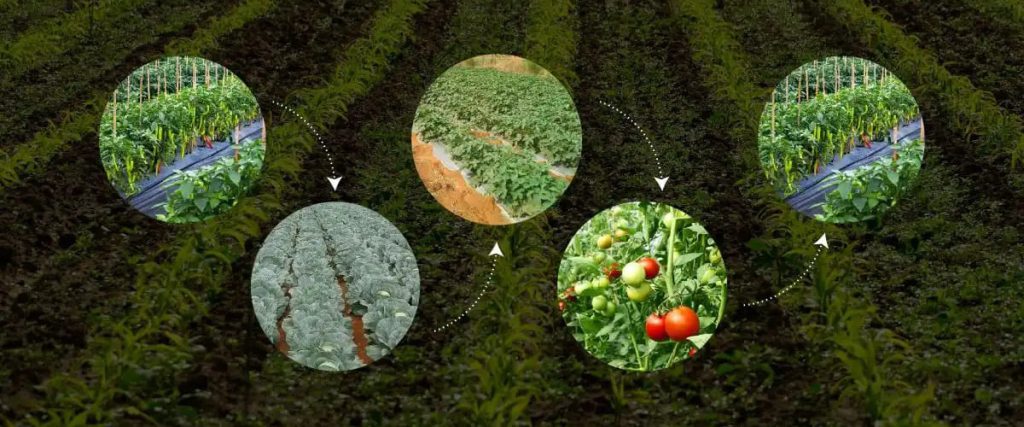
Increase Soil Fertility
Continuous planting can deplete vital nutrients in the soil. Crop rotation can revitalize soil by replenishing lost nutrients. For example, certain crops can raise soil potassium levels, which can then be used by peas or maize. Manure can also be used to improve soil fertility and bacterial diversity by enriching the soil more than inorganic fertilizers. Following manure application, microorganisms such as fungi and earthworms become more abundant in the soil. These organisms help the nutrient cycle, which can be fed to plants to increase yield.
Prevent Soil Erosion
Nature is unpredictable, and heavy rainfall or wind can erode the top layer of soil, harming crops. Crop rotation with cereal rye, oats, and certain wheat strains protects topsoil and acts almost like a blanket for crops. These cover crops also provide roots to the soil, allowing them to continue gaining nutrients under optimal conditions. Soil erosion is more common in agricultural regions like the Midwest. According to research, 50% of degraded soil washes into rivers, lakes, and rivers, increasing the risk of pollution.
Also Read:- What Are Biofertilizers? Their Importance and Advantages
Decrease Pollution
Crop rotation allows plants to receive the most nutrients from the soil, which can lead to a decrease in fertilizer use – especially if crops can effectively utilize the nutrients in and around them. More nutrients in the plant equals less in streams and lakes.
Reduces the Concentration of Pests and Diseases
Crop rotations make plants more resistant to pests and diseases. Pests and diseases can live in the soil, so rotating crops each season can help combat them. Some plants, known as non-host plants, are resistant to pathogens and can help prevent the spread of diseases and pests.
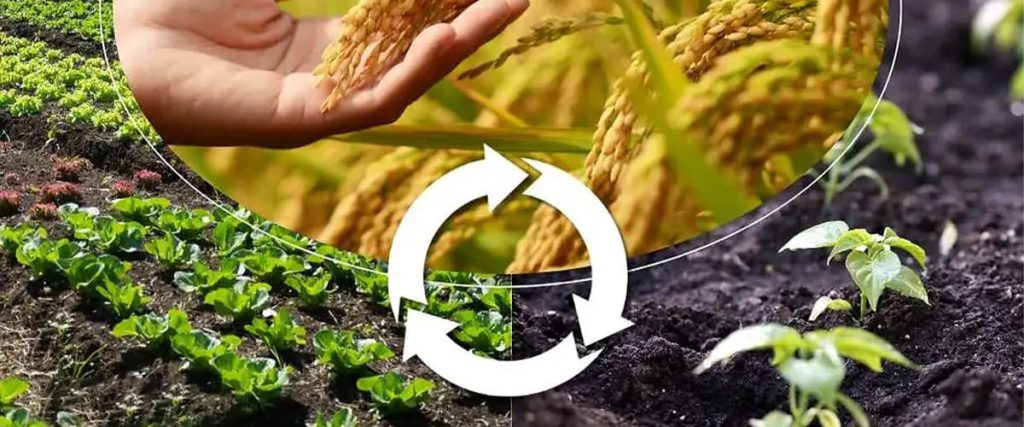
Reduces Weed Growth
Weeds are well-known for disrupting the life cycle of plants. If you don’t have access to a self-driving robot with lasers, farmers can use herbicides to eliminate weeds. Crop rotation can create less-than-ideal conditions for weeds, which can help reduce their numbers (without the use of farm robots). Crop rotation creates a constantly changing environment, giving weeds little time to adjust to the new conditions.
Weeds are opportunistic and seek to deplete nutrients in crops and plants. Weeds have evolved, and some can survive with little water. Crop rotation allows for the growth of a variety of crops while also reducing the space available for weeds in the soil.
Increases Crop Yield
Honestly, this could be the top listing in this section. Yield is everything. If you don’t have a good yield as a farmer, you won’t be there long. Crop rotation leads to increased yield and profitability. Monocropping is the practice of growing only one type of crop in a field each year, which increases pollution and depletes nutrients in the soil. However, dropping this practice in favor of crop rotation can result in a higher return on investment.
Conclusion
In summary, crop rotation is an important agricultural strategy that increases crop productivity and soil health while reducing negative impacts on the environment. To improve soil structure, stop erosion, and reduce reliance on fertilizers, farmers often shift their crop production to sustainable agricultural practices Prevent and reduce weed growth and the frequency of pest diseases This method provides favorable conditions for crops Finally, crop rotation is an important strategy for contemporary farming Because it exists Provides long-term agricultural yields and provides environmental balance.


